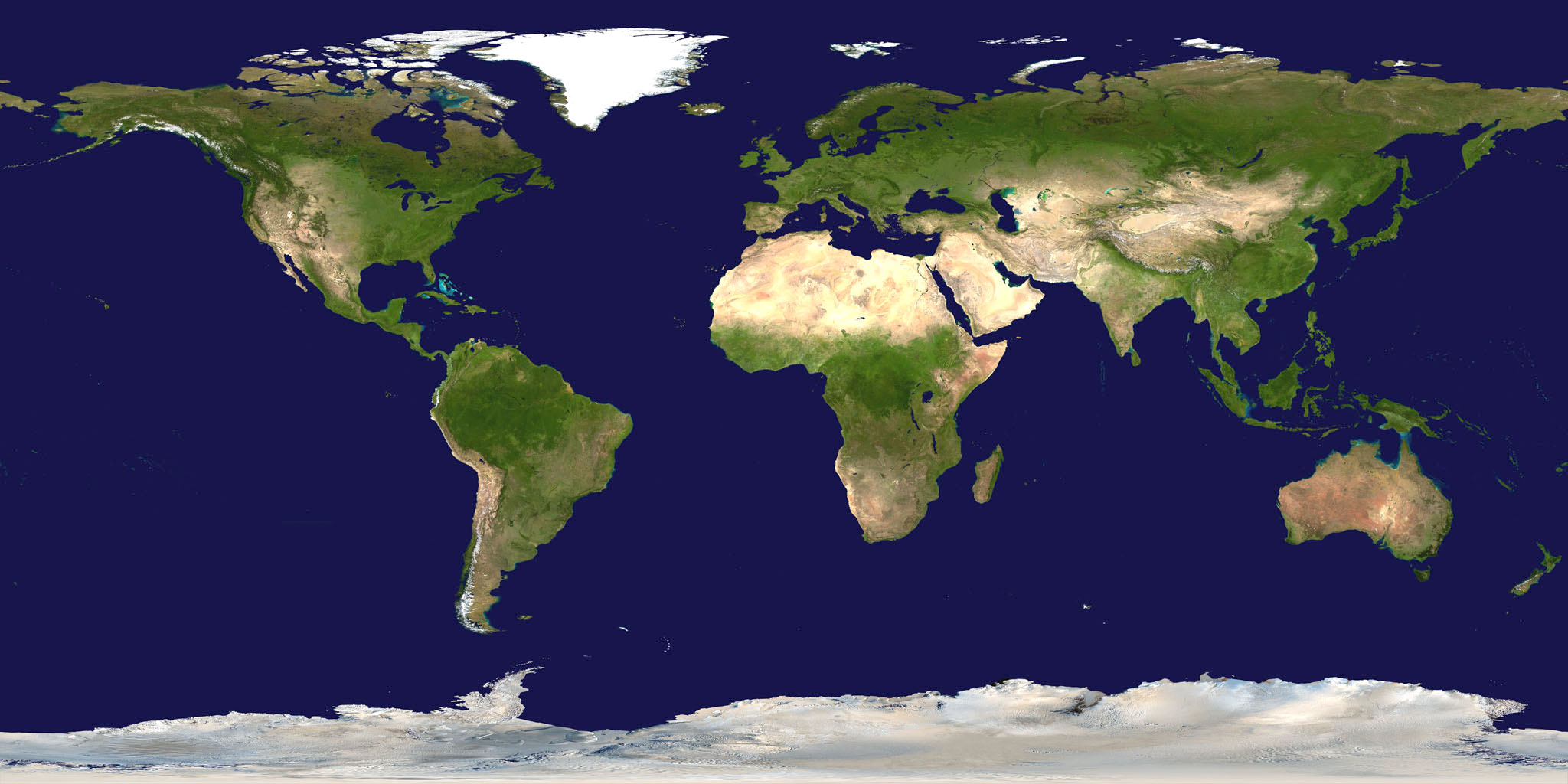


Phenomena: Thunderstorms, Tornadoes
Satellite: GOES-16
Products: Infrared (band 13), Visible (band 2)
Instrument: Advanced Baseline Imager
Date: April 2, 2025
Timespan: 20:00 – 23:29 UTC (4:00 p.m. – 7:29 p.m. ET)
On April 2, 2025, NOAA’s GOES East (GOES-16) satellite captured imagery of numerous severe thunderstorms erupting across the Mississippi and Ohio river valleys. These storms produced not only destructive winds and large hail from northeastern Texas to the Great Lakes, but also produced tornadoes across the mid-South to the lower Ohio Valley. One of these was rated an EF-1, which was on the ground in Vernon County, Missouri, for nearly 17 miles with peak winds up to 98 mph that left thousands without power.
That day, NOAA’s NWS Storm Prediction Center issued a rare high risk (level 5 of 5) for severe thunderstorms from parts of Arkansas to Illinois, as well as a Particularly Dangerous Situation (PDS) Tornado Watch for parts of Arkansas, Missouri, Mississippi, Tennessee, Kentucky, Illinois, and Indiana. During the 24-hour period from the morning of April 2 to April 3, NOAA’s Storm Prediction Center received 27 reports of tornadoes, more than 200 reports of severe winds, and more than 100 large hail reports.
The imagery seen above combines both visible light and infrared channels by stacking them together like a sandwich—hence the name, “sandwich” composite. By combining the imagery this way, it provides meteorologists and researchers new angles and texture to study storms as they form and intensify in near real-time.
The GOES East geostationary satellite, also known as GOES-16, keeps watch over most of North America, including the contiguous United States and Mexico, as well as Central and South America, the Caribbean, and the Atlantic Ocean to the west coast of Africa. The satellite's high-resolution imagery provides optimal viewing of severe weather events, including thunderstorms, tropical storms, and hurricanes.
Learn more about how NOAA satellites help us stay ahead of severe weather.
